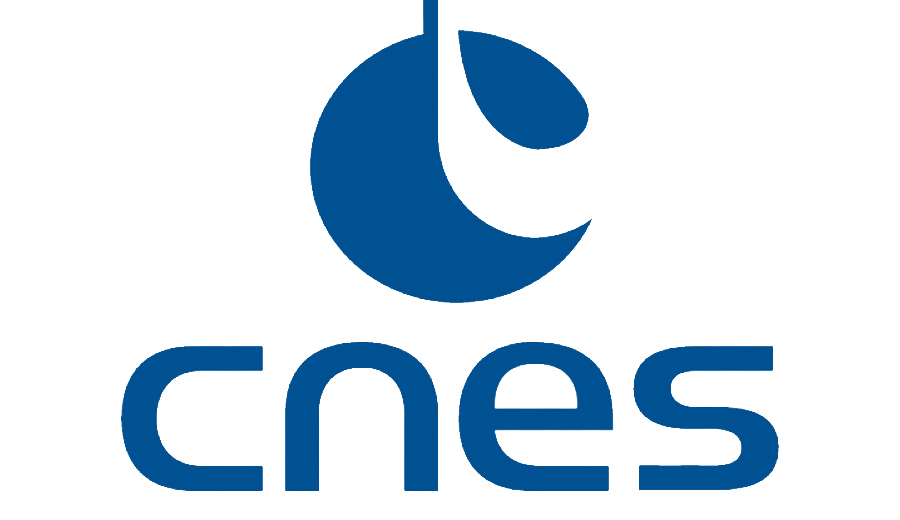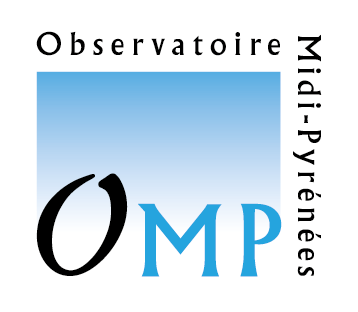Perseverance: 3 years of Martian adventures
3 years ago, on February 18, 2021, NASA’s Perseverance rover landed in the Jezero crater on Mars. The mission teams – more than 500 scientists and engineers worldwide – are celebrating this anniversary with great enthusiasm, as it is the minimum time for which the vehicle and all its subsystems were designed. Mission accomplished!
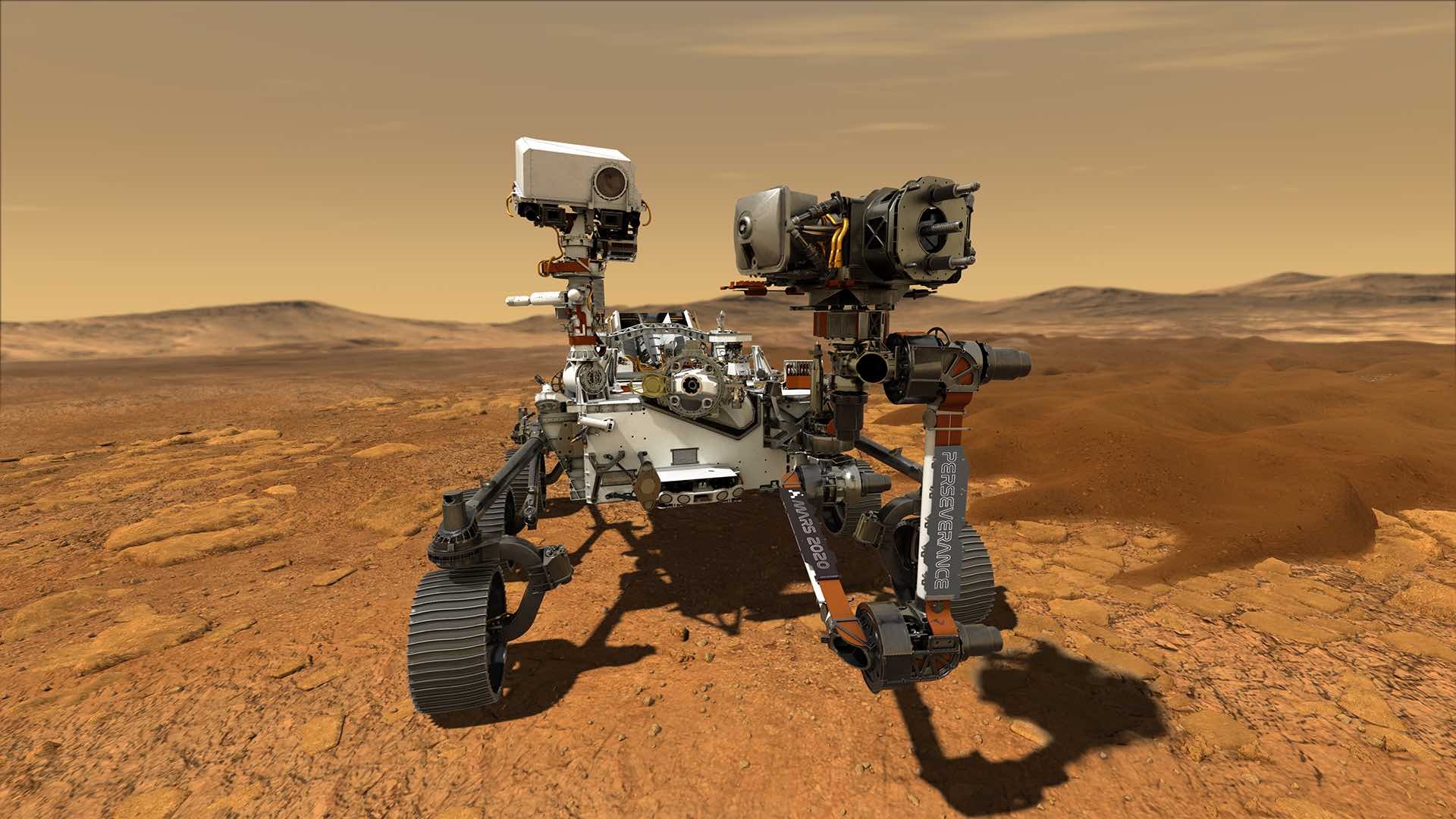
To date, the Perseverance rover is running perfectly well, although nothing is ever simple on Mars. It first explored the bed of the Jezero crater, then the slopes of its delta, and is now heading outwards to discover the origins of the delta’s rocks. In total, he has covered almost 25 kilometers.
How much further will it go? “It’s hard to say ,” says Agnès Cousin, planetary geologist at IRAP (Toulouse) and scientific manager of the SuperCam instrument. ” Curiosity has been operating for almost 12 years, so I’d be hard-pressed to make a prediction for Perseverance,” she confides with evident pleasure.
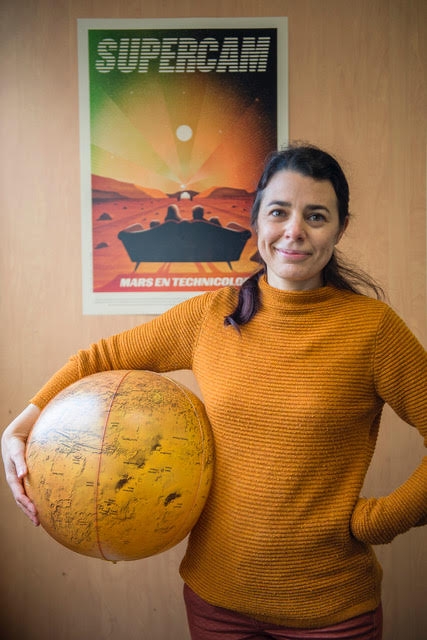
SuperCam: the Franco-American multi-tasking instrument
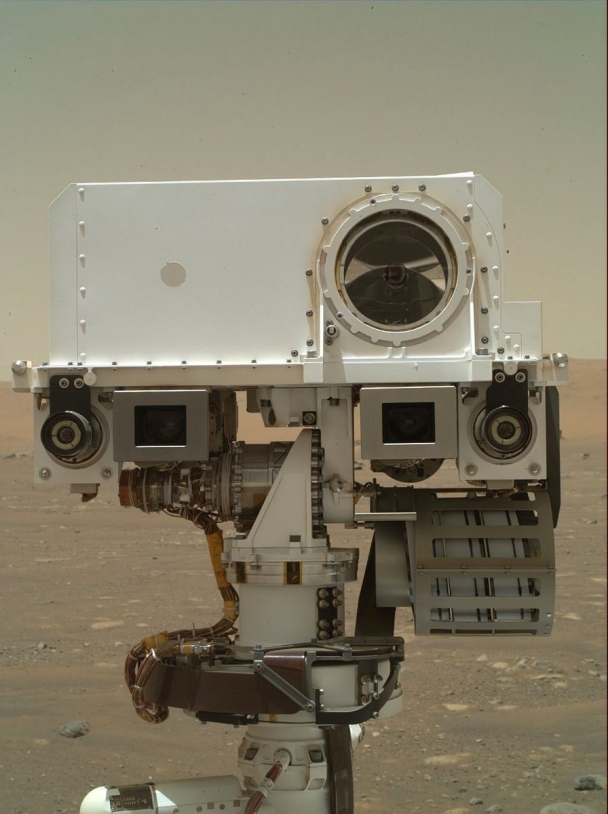
The Franco-American SuperCam instrument, at the head of Perseverance, is one of the mission’s most widely used instruments. It has already fired over 350,000 laser shots to measure the chemical and mineralogical composition of Mars. Thousands of very high-resolution images of the infrared signatures of rocks have also been acquired, providing information on the past habitability of the Red Planet. With these observations, the teams were able to study both volcanic and sedimentary rocks; the former tell us about the planet’s interior and the formation of the surface crust, while the latter give us information about the rivers and lakes that were there billions of years ago.
The collection of extraterrestrial sounds recorded by SuperCam’s microphone – the only one of its kind – is growing by the day: over 21 hours of wind, turbulence and artificial noise. A soundscape like no other.
All SuperCam subsystems are working perfectly. ” Well done to the teams who designed them! ” says Magali Bouyssou, engineer in charge of SuperCam operations, which are carried out from the FOCSE at CNES, Toulouse. “It’s always a pleasure to pilot Perseverance, discovering new landscapes every day, and programming new scientific analyses.” She has the soul of a Mars explorer.
Moxie and Ingenuity: 2 missions already successfully completed
While for the vast majority the adventure continues, 2 of Perseverance’s pieces of equipment have completed their mission. For the first time, Moxie produced oxygen from carbon dioxide in the atmosphere – something that will have to be done on a large scale one day for a crewed mission – day and night, in clear weather and during dust storms. An incredible success!
Ingenuity, the public’s favorite flying drone, has accomplished its mission beyond all expectations. After more than 70 flights!
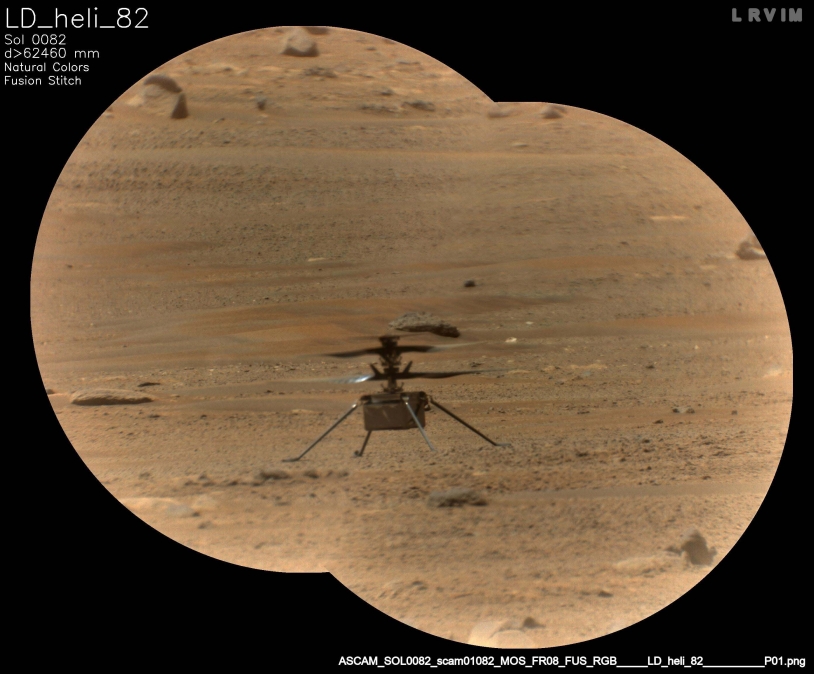
Although he was only supposed to make 5 demonstration flights, he made a total of 72: he covered 17 km, sometimes at an altitude of 24 m, over a cumulative duration of 128 min. Although he is now grounded in a field of dunes, his rotor blades having been damaged, he has brilliantly proved that piloted flight is possible elsewhere than on Earth, opening up new perspectives for exploration.
Collecting Martian samples: a tried and tested process for Perseverance
The majority of Perseverance’s other sub-systems are working perfectly, in particular sample collection, the heart of the mission.
A year ago, 10 samples were deposited at the bottom of the Jezero crater for recovery. Perseverance is continuing to collect samples, however, and will be able to hand them over to the Mars Ascent Vehicle (MAV) when it lands in Jezero crater in a few years’ time. This is the preferred scenario. Perseverance already has 16 samples in its payload bay, and 14 more are possible: diversity is the watchword! The MAV will carry these samples into orbit, where they will be recovered by the Earth Return Orbiter (ERO) and brought back to Earth. NASA and ESA’s sample return program is still being defined around Perseverance, MAV and ERO.
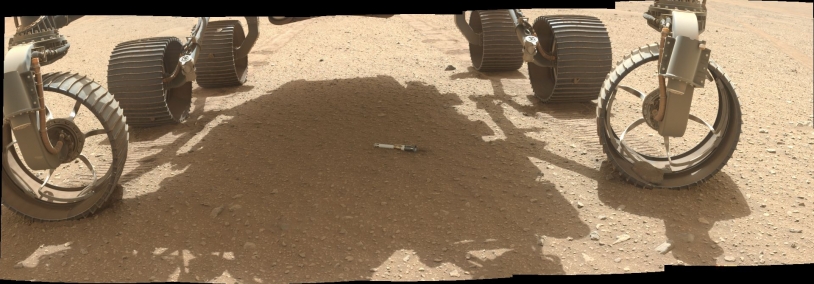
So Perseverance still has some great years ahead of it, and some great challenges: the adventure has only just begun!
France’s contribution to the mission
NASA has relied on Caltech’s Jet Propulsion Laboratory (JPL) for the development of the Mars 2020 mission. On board, the Franco-American SuperCam instrument was developed jointly by Los Alamos National Laboratory (LANL) and a consortium of French laboratories coordinated by the Institut de Recherche en Astrophysique et Planétologie (IRAP). In France, in addition to IRAP, numerous laboratories attached to CNRS and its partners contributed their scientific expertise and expertise to the construction of SuperCam: LESIA (Meudon), LAB (Bordeaux), LATMOS (Guyancourt), OMP (Toulouse) and IAS (Orsay). ISAE-SUPAERO (Toulouse) and CNES also contributed their expertise to the instrument’s development.
Further Resources
- Mars 2020 / Perseverance / SuperCam on the CNES project library
- NASA Website : Mars 2020 Perseverance Rover – NASA Mars
- Press Release first published in French on the CNES Website
IRAP Contact
- Agnès Cousin, agnes.cousin@irap.omp.eu





